

ISLAND OF SAILS | Fall 2019 | Val Warke, Gesa Buttner-Dias
The concept of ritual is one that cannot be complete without architecture. Space mediates the perpetuity of tradition and the ease of performing the ritual. The ritual of mutual forgiveness after dispute between a mother and a daughter brings them to this island to traverse the paths and illuminate a lighthouse of sails perched on the edge of a cliff. The program and shape of the island is informed by a found rock that was extrapolated into an island formation upon which a ritual takes place. The ritual involved a lighthouse, a dock, and place for gathering oysters on the underside of the cliffside path that is both pre-existing and man-made. The precarious nature of the ritual’s path reinforces the mother and daughter’s need to cooperate in order to complete the journey.


 ISLAND DOCK AND CAVE OPENING
ISLAND DOCK AND CAVE OPENING

 PATH BELOW CLIFF TO ISLET
PATH BELOW CLIFF TO ISLET





TOPOGRAPHY


[MATTER]MORPHOSIS | Spring 2020 | Val Warke, Felix Heisel
The building of a craftsman involves the exploration of pulling plastic through the method of extrusion in an analog additive process. Situated in a cornfield, the structure requires all aspects of the corn crop as the main source of material, including parts that are typically discarded in the agriculture process. The structure is meant to move across the cornfield at in order to propogate and rejuvenate a cropland. Biodegradable bioplastic is manufactured from corn into 3D printed bricks that are filled with cornseeds that will plant themseleves when the bricks dissolve. The project functions at three scales to streamline the construction process: the site, the building, and the brick. All three levels give an intrinsic blueprint to organize the workman’s construction and movement across the field.





CIRCULAR CONSTRUCTION



UN-ASSEMBLED HINGED ROOF
ROOF ASSEMBLY
DIAGRAMS
ASSEMBLED HINGED ROOF
Opaque structural bricks and the lighter translucent bricks are supported by metal staples that form a substructure so that building can change predictably over time. The kit of parts iterates on a basic brick design to accomodate the workman’s need for tables, shelves, and exterior handholds to build on the height of the walls as necessary. The roof is attached and pulled together between opposing staples to fold at a hinge. Roofs are bent to allow even flow of rainwater into interior of bricks as the water promotes even dissolution of bricks so building does not become lopsided. The workman begins by harvesting the field, then processes the material into bricks with which to build the structures, and he continues manufacturing the bricks while the structures begin to dissolve. The degradation of the bricks happens over the span of a year, giving the workman ample time to rebuild his buildings in another location.





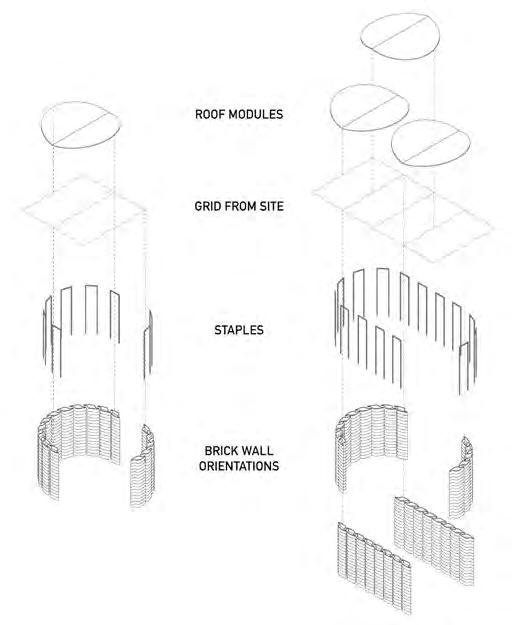


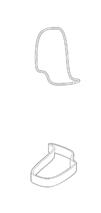








IN BALANCE | Fall 2020 | Luben Dimcheff, Daria Khapalova
The Ithaca gorges rise up above swirling eddies of water, creating a towering negative in the earth that overwhelms any visitor that happens to be caught in the middle. The gorge is composed of two halves; the rock walls balance each other on the third element of the bridge. The walls rise in a dynamic position, always at risk of toppling over due to the concentration of mass at the top of the gorge. For a visitor at the bottom, they tower above, pressing in on the viewer. The stone is massive but fragile, while the bridge is only a minute interruption despite its strength.
The Sagan House, situated on an outcropping above Ithaca Falls, forms the boundary of the site. The intervention of the scholars’ residence imitates the mass of the rock walls balanced by the third element of the bridge, both in the balance provided by the land and the large volume, and in the balance between the two smaller volumes.


 MOVIE SCREENING ON THE PLINTH
MOVIE SCREENING ON THE PLINTH

 VIEWS FROM THE KITCHEN
VIEWS FROM THE KITCHEN
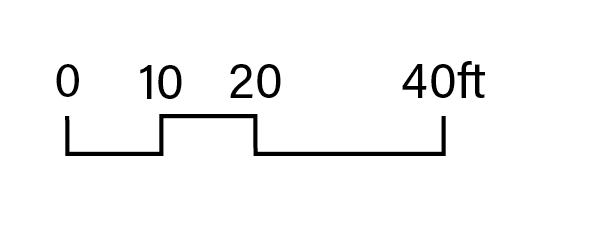



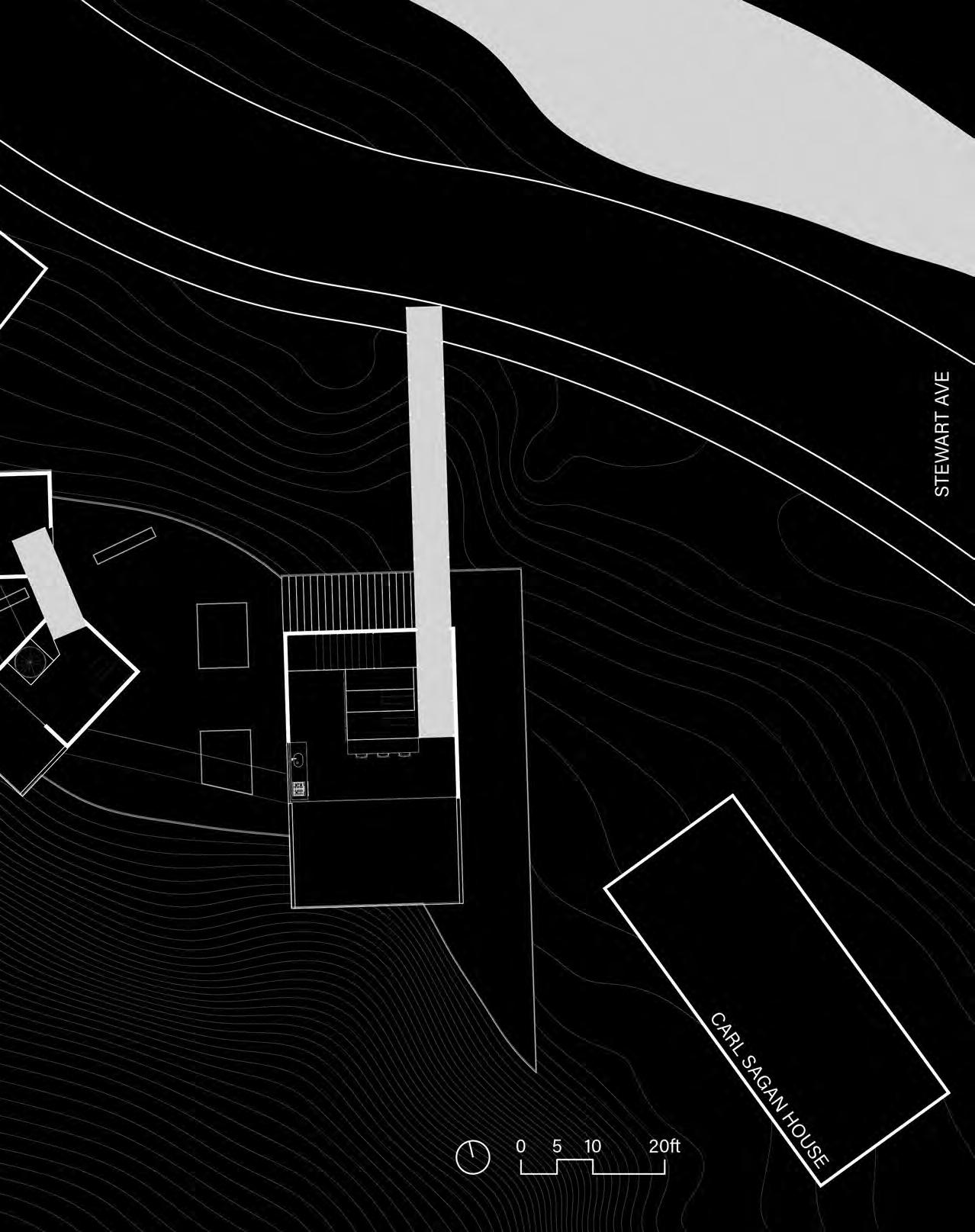



EMBEDDING | Spring 2021 | Luben Dimcheff
This project focuses on the concept of peeling up the ground and embedding masses into the ground. Site A was chosen because of the relative calm of the marina compared to the lake, which would give shelter to first-time learners and children rowers. The peeling op of masses creates a channel through the building with a tower at the crown of the channel and the forms of the buildings are amplifications of that transformation that radiate from the tower. Each building encroaches into the ground by embedding into the negative space left by the roof being peeled off of the ground and stretched over the skeletal structure of the truss frames. Then, in the cavern that is created within each building, platforms are suspended housing a variety of programs.

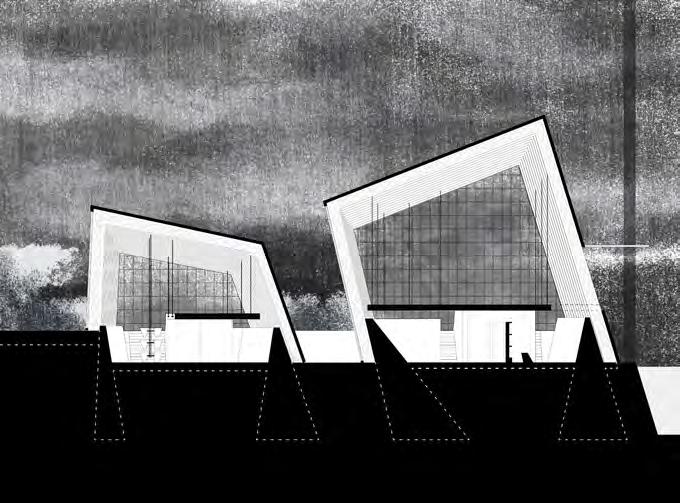









RAW EXPO 2021 | Medium Design Collective
To celebrate Medium Design Collective’s RAW launch, I designed a Covid-safe pavilion to display our work and creativity in the Arts Quad on the Cornell University Campus. The pavilion is a timber construction with an interior mural decorated with our projects from the year, exhibited May 03 through May 10, 2021. It includes signs and stepping markers to observe Covid distancing restrictions and not pose a health or safety risk to the student body, rather it serves as a reminder that creativity can overcome the challenges of life and bring a positive energy to the community.W




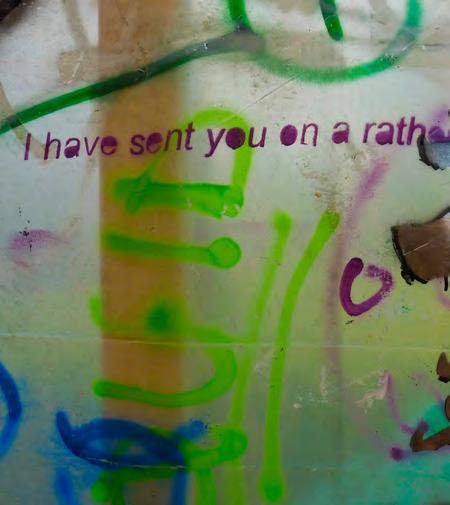


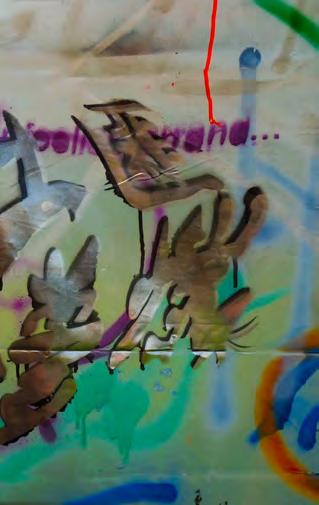




WAITING | Fall 2021 | Mustafa Faruki
Despite an overwhelming amount of evidence of the absence of housing equity in Ithaca, so many people still lack a home. What does it mean to have home?

This project counteracts this takeover by inhabiting Cornell land for the dual purpose of accommodating more Cornell students as well as Ithacans. I propose a typology– a vocabulary of forms– that can be accommodating to the different types of waiting. By providing for the residents’ need for a home + an additional need, residents can be freed from the worries of establishing a healthy home and can focus on their personal goals. This housing project will be a sanctuary that will provide its residents waiting for housing in Ithaca– no matter for how long-- a chance to encounter themselves through the non-act of waiting.



In this housing, the architecture will provide a chance for engagement and communication. Residents can choose to be alone or together. The structures will also provide interior spaces to relax, to interact, or to simply not have to wait aimlessly. The entanglement of several resident pairs within one space will leave an imprint of past wait-ers as well as the memory of what they were waiting for.




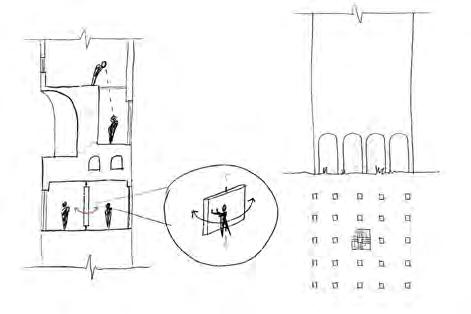


















SIGHTLINE PARK | Spring 2022 | Sean Anderson
This project tackles land reclamation for publc use through an industrial park that mediates two environmental concerns-flooding and land contamination. Taking inspiration from the nearby Outerbridge crossing, this pedestrian bridge system unlocks and exploration of this previously abandoned space while also taking steps to remediate the land.



The overall form is developed by gradually applying a level of disorder upon an originally rigid system, as if the man-made is eaten away and eroded by nature even in the first steps of the project.
VISITOR EXPERIENCE


The programming takes place within the modules of the bridge system, providing places of transition, rest, and play. Each base module is made up of steel beams, metal grate, and a hempcrete base that creates a sustainable and soil-healthy connection with the ground.

This is a park created for today and for the future. Over time, controlled erosion of the modules will obsure the original grid network completely, causing modules to shift and break away. One day, 100 years in the future when the land is cleansed, the bridges will rejoin the ground and people will have full access to the site.
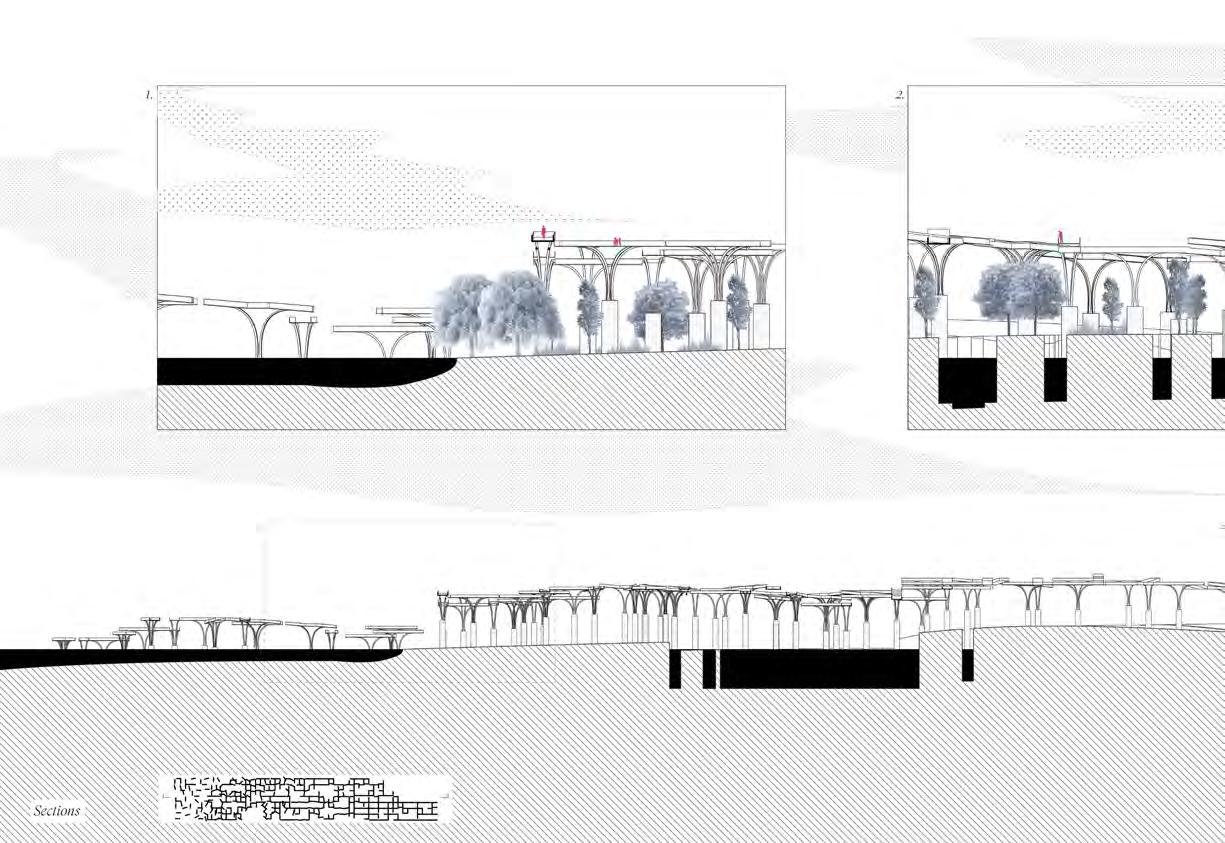
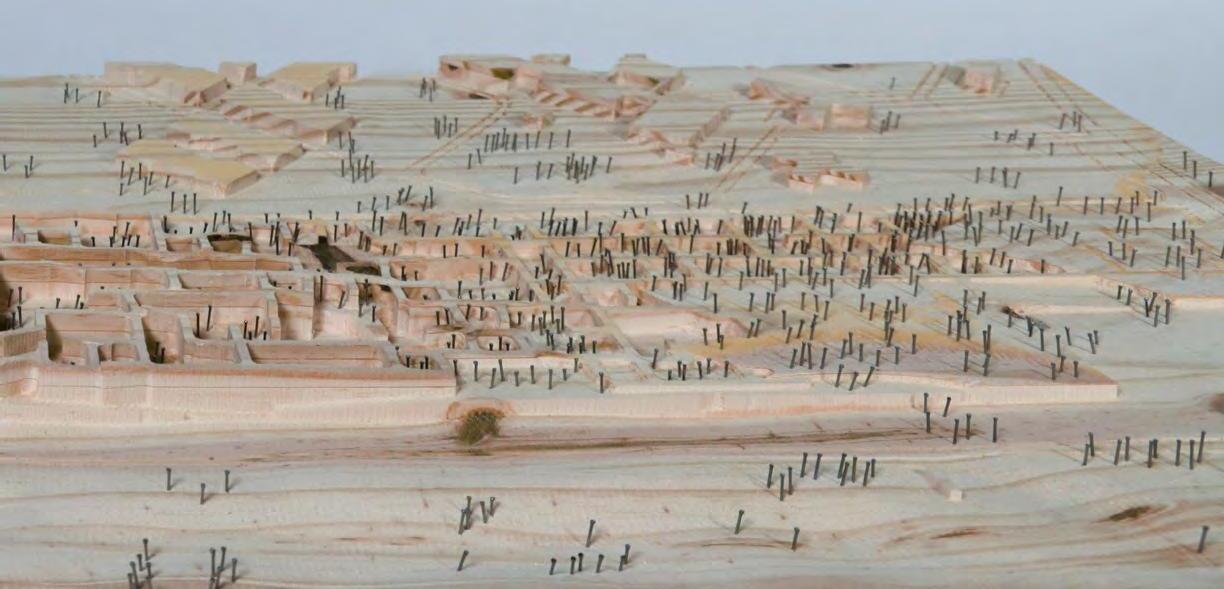







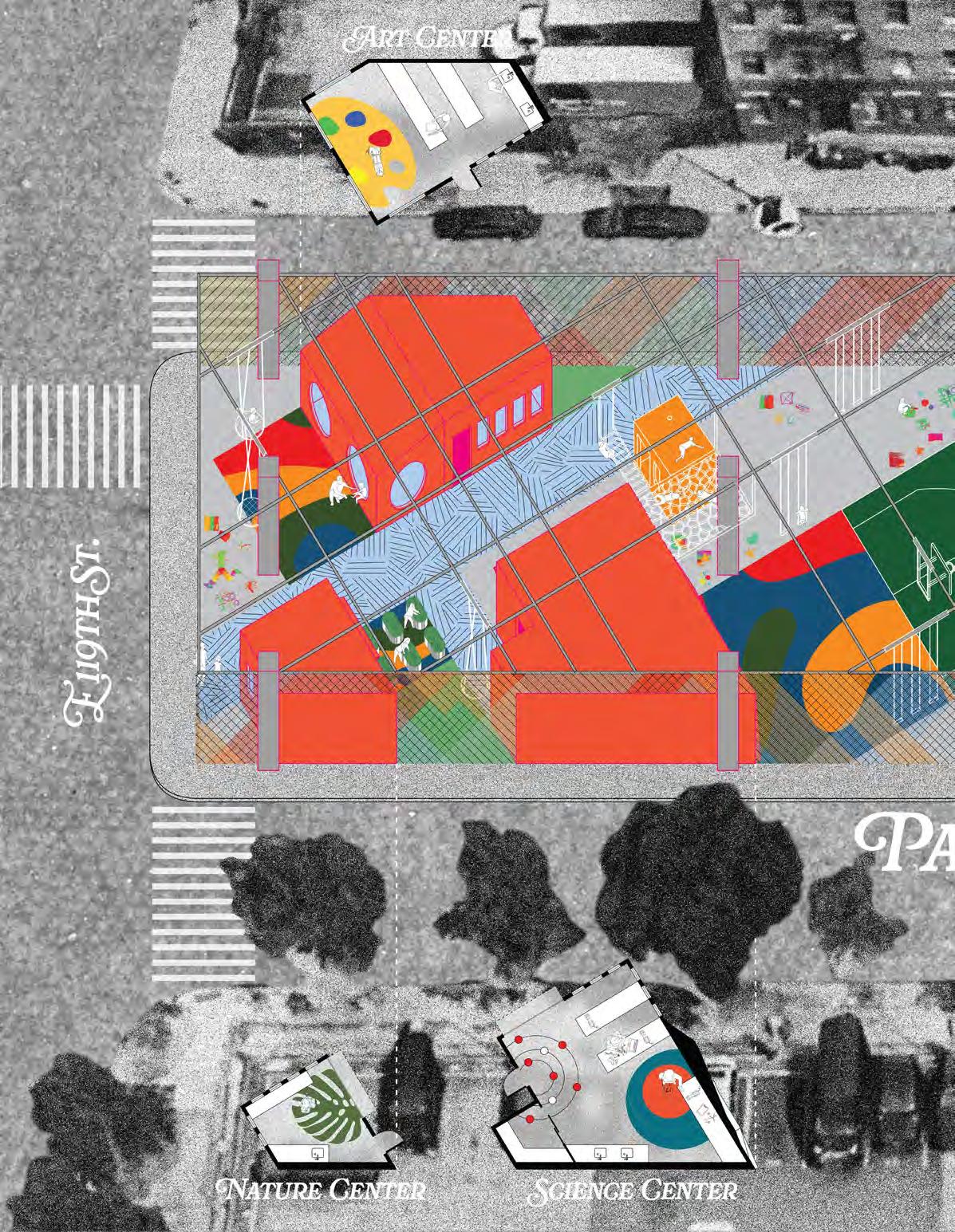

YOUTH ON PARK | Fall 2023 | Lindsay Harkema
The proposal is for a youth village where kids can play freely year round and local youth organizations can host programs and meetings in flexible spaces. The lots are organized with grids that arise from the surrounding youth infrastructure and engage key youth orgiented zones in the neighborhood. Each lot offers a unique program of indoor spaces such as an art center, nature center, and science center. The nature center offers gardening supplies and planters with grow lights suspended from above. The art center has work tables and an exhibition area, in addition to art sinks. The science center has space for running experiments and also has sinks. In addition, there is a storage space for sports equipment, restrooms, a library/study space, and a dance center spread amongst the two lots. Suspended from the viaduct is a rail system of steel that supports various suspended structures such as hanging seating, a climbing zone, adjustable basketball hoops, and swing sets, which can be sid along a rail to adjust the positioning. The rail system also allows for the suspension of lighting to counteract the darkness of the space. Each space has two entrances at the north and south sides and is otherwise enclosed with a fence that is interwoven with vinyl colored cords that creates intermittent openings for transparency and protects the safety of the children in multiple ways.




 FLOOR TYPOLOGIES
FLOOR TYPOLOGIES



